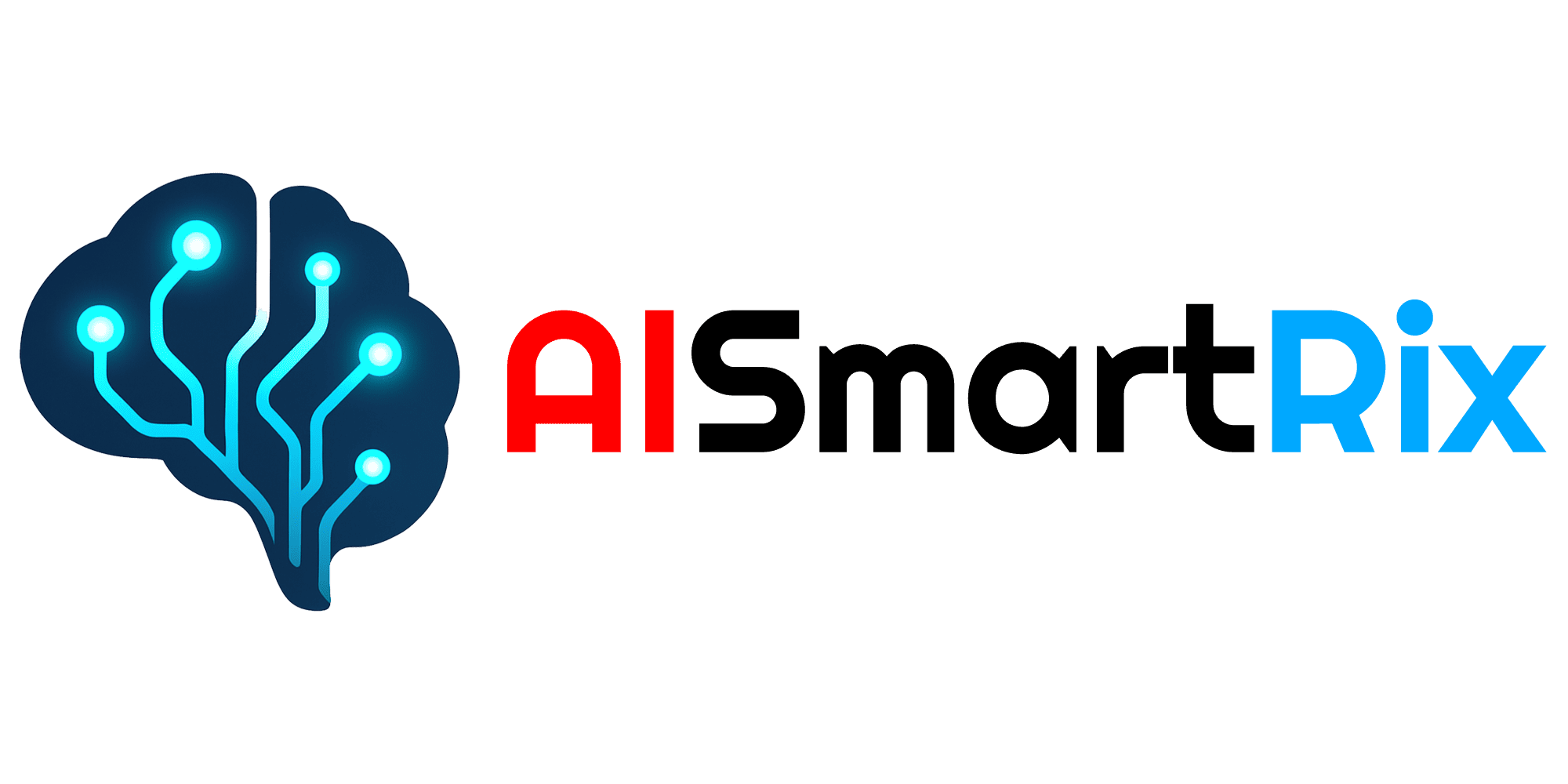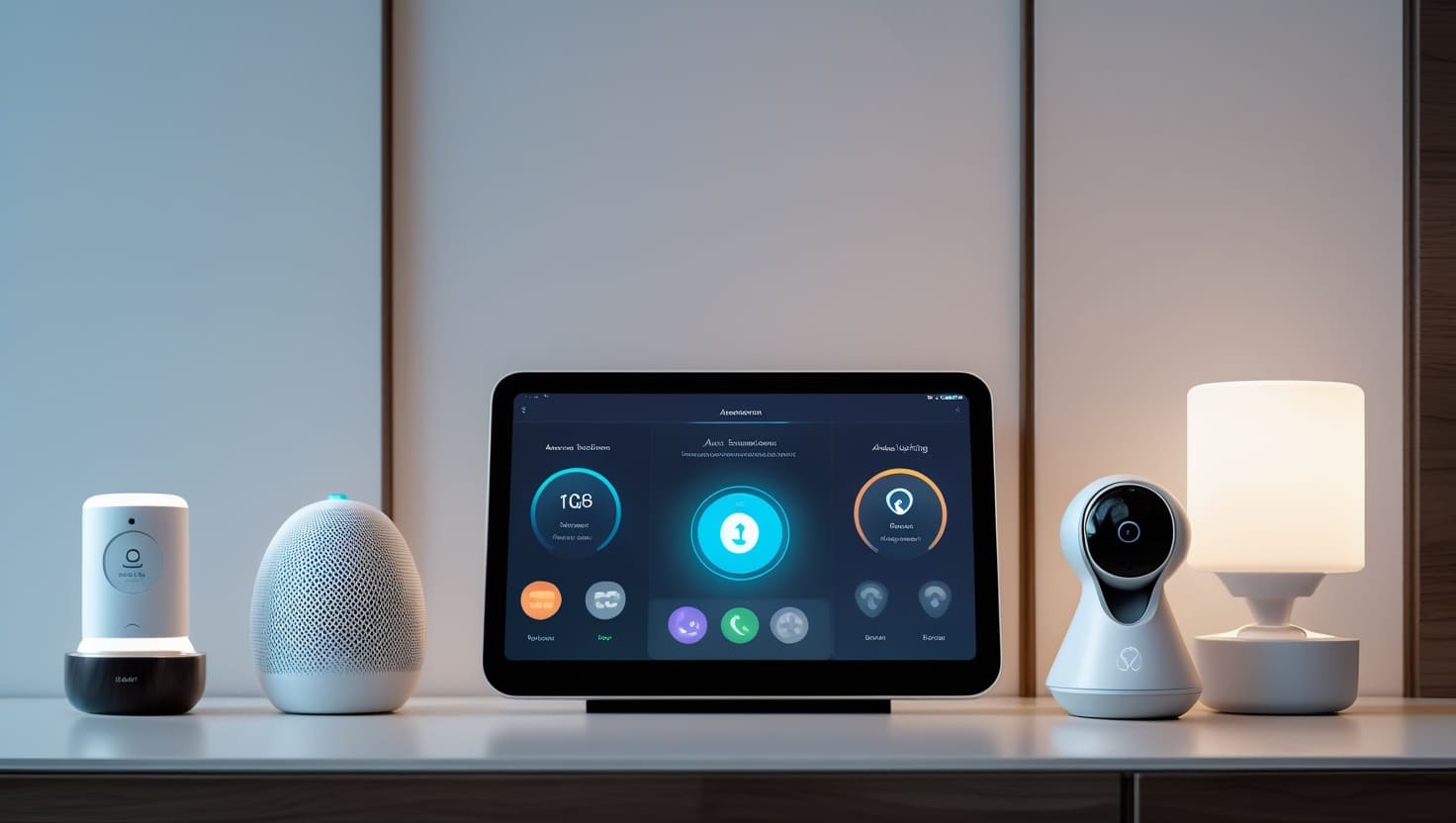Creating a smart home in 2025 isn’t just about convenience — it’s about efficiency, sustainability, and intelligent automation. With the rise of AI-integrated home systems, it’s now easier than ever to transform a traditional house into a responsive, connected ecosystem that understands and adapts to your needs.
Whether you’re building a new home or upgrading an existing one, this step-by-step guide will help you design and implement an AI-powered smart home from the ground up — optimizing comfort, security, and energy use through artificial intelligence.
Why Build an AI-Integrated Smart Home?
Smart homes go beyond remote control. With AI at the core, your home can:
- Learn your habits and automate routines
- Reduce energy waste and lower utility bills
- Improve security with real-time threat detection
- Offer voice and gesture-based control
- Monitor environmental conditions and air quality
- Create personalized experiences for each resident
It’s not just smart — it’s intelligent.
Step 1: Plan Your Smart Home Vision
Before you start buying devices, define your goals:
- ✅ What problems do you want to solve? (e.g., high bills, lack of security)
- ✅ Which rooms or functions do you want to automate first?
- ✅ What is your monthly budget?
- ✅ Do you prefer voice, app, or sensor-based control?
Having a clear strategy will prevent overspending and ensure smooth integration later.
Step 2: Build a Strong Network Foundation
Your AI smart home relies on constant connectivity. So you’ll need:
- A fast and stable Wi-Fi 6 or mesh network
- A secure router with built-in firewall and device prioritization
- Power backup options (UPS) for routers and hubs
- Optional: Ethernet wiring for critical devices
Also consider IoT-specific bandwidth to avoid lag from multiple connected devices.
Step 3: Choose an AI-Powered Smart Home Hub
The hub is the brain of your home. Modern options include:
- Google Nest Hub
- Amazon Echo with Alexa AI
- Apple HomePod with Siri Intelligence
- Samsung SmartThings AI
- Home Assistant with AI add-ons
Your hub should support multi-device automation, routines, and machine learning.
Step 4: Select Your Smart AI Devices
Here’s a breakdown of essential categories and how AI powers each:
🔐 Smart Security
- AI Cameras: Facial recognition, motion detection, object tracking
- Smart Locks: Unlock via voice, fingerprint, or phone proximity
- Video Doorbells: Real-time notifications with AI face match
- Alarm Systems: AI learns patterns and avoids false alerts
💡 Smart Lighting
- AI-adaptive lighting that changes based on time, mood, or occupancy
- Voice-activated and geo-fenced lighting scenes
- Energy-saving automation when no one is home
🌡️ Smart Climate Control
- AI Thermostats (e.g., Nest, Ecobee): Learn preferences and optimize energy usage
- Smart ACs and heaters that adjust based on weather and usage
- Zone-specific control for multi-room efficiency
🎶 Smart Entertainment
- Voice-activated TV and speakers
- AI-curated playlists based on mood or time of day
- Adaptive volume control based on room noise
🍳 Smart Kitchen
- AI ovens that adjust temperature based on food type
- Smart fridges that track expiration dates and suggest recipes
- Voice-activated faucets and appliances
🛏️ Smart Bedroom
- AI sleep trackers integrated with smart mattresses
- Ambient noise generators for sleep optimization
- Lighting and blinds synced to your wake-up schedule
Step 5: Automate with AI Routines and Scenes
Set up intelligent routines using your hub’s app or software:
- “Good Morning” → Open blinds, start coffee, turn on lights, give weather
- “Leaving Home” → Lock doors, lower thermostat, activate cameras
- “Movie Night” → Dim lights, turn on TV, set volume and color ambiance
- “Sleep Mode” → Lock doors, turn off lights, activate bedroom air purifier
Use AI learning modes so your routines adapt over time without manual reprogramming.
Step 6: Monitor Energy & Sustainability
AI helps you live smarter and greener by:
- Tracking real-time electricity, gas, and water usage
- Sending alerts on overuse or leaks
- Offering energy-saving suggestions based on your behavior
- Integrating with solar panels and smart meters
Many homes reduce up to 30% in annual utility costs with smart optimization.
Step 7: Prioritize Privacy and Security
Security is crucial when your home is “always online.” Follow these tips:
- Use encrypted connections and two-factor authentication
- Keep all devices updated with the latest firmware
- Separate your smart home network from your personal devices
- Disable unnecessary voice recordings or cloud uploads
Choose brands with a strong privacy reputation and transparent data policies.
Step 8: Scale and Expand as Needed
Once your core system is working well, expand your smart home to include:
- Smart blinds, garage doors, sprinklers, or robotic vacuum cleaners
- AI gardening systems
- Smart fitness equipment
- Integrated AI wellness tools (e.g., air quality, light therapy)
Your smart home should grow with you — one device or automation at a time.
Common Mistakes to Avoid
- ❌ Buying incompatible devices across ecosystems
- ❌ Overloading your network without proper planning
- ❌ Ignoring security setup
- ❌ Relying only on voice control (some devices need manual fallback)
- ❌ Forgetting family training (make it easy for everyone to use)
Final Thoughts
Building an AI-integrated smart home from scratch doesn’t have to be complicated or expensive. With a clear vision, reliable connectivity, and the right AI tools, you can enjoy a smarter, more sustainable lifestyle tailored to your unique needs.
Whether you’re automating lighting, optimizing energy, or enhancing home security — AI puts you in complete control of your living space.
If you could automate one task in your home using AI, what would it be? Let us know in the comments!





